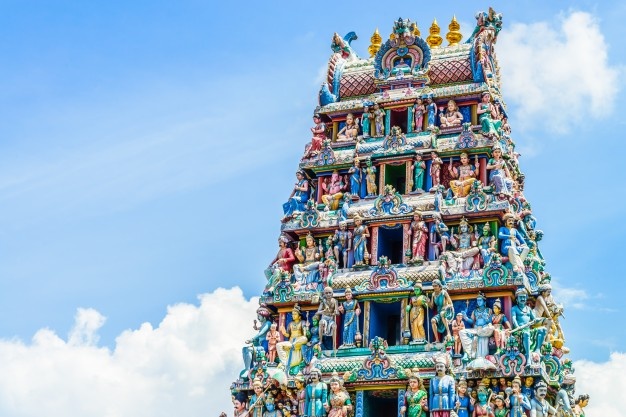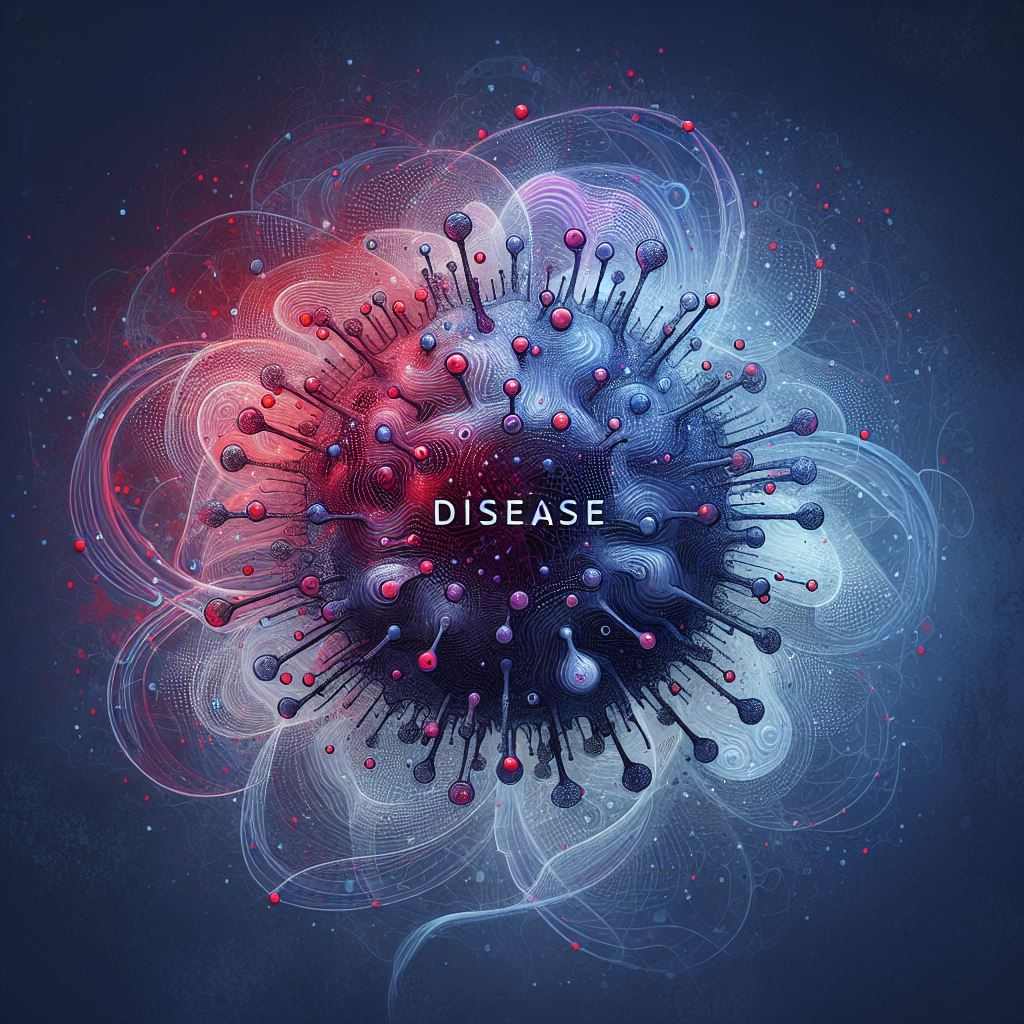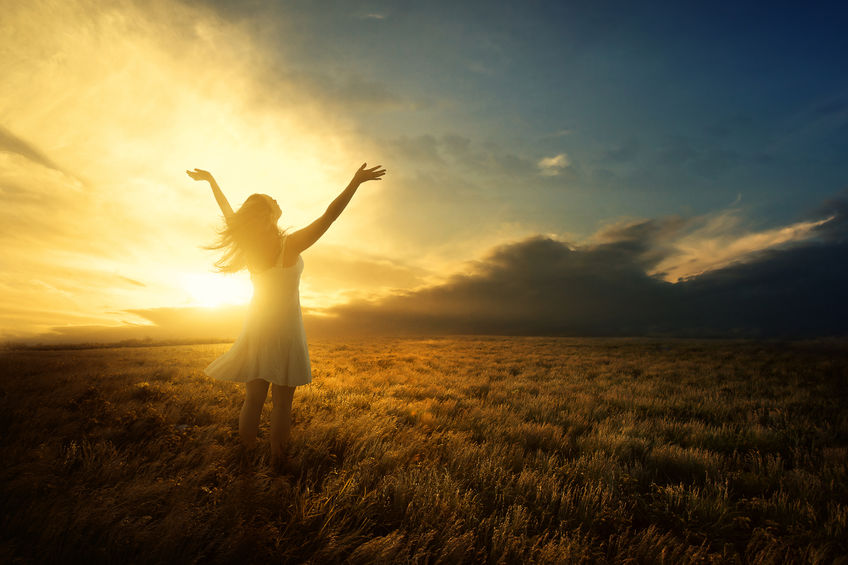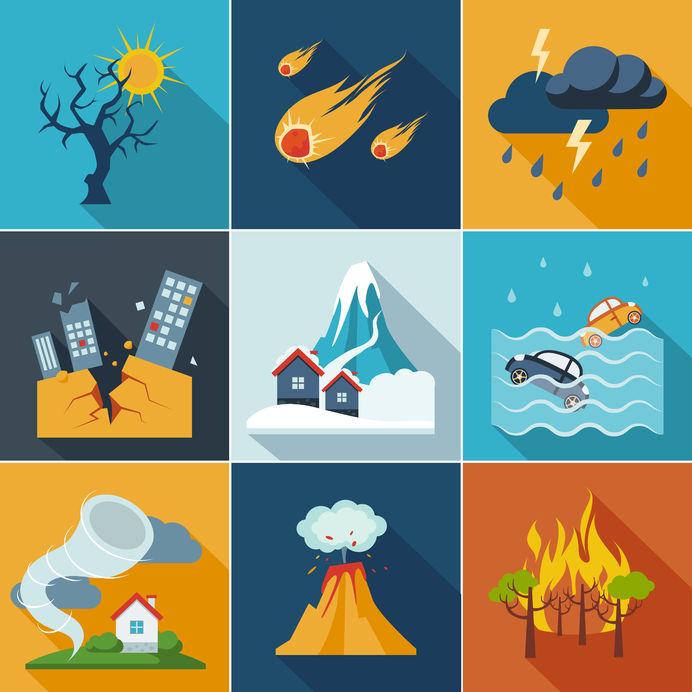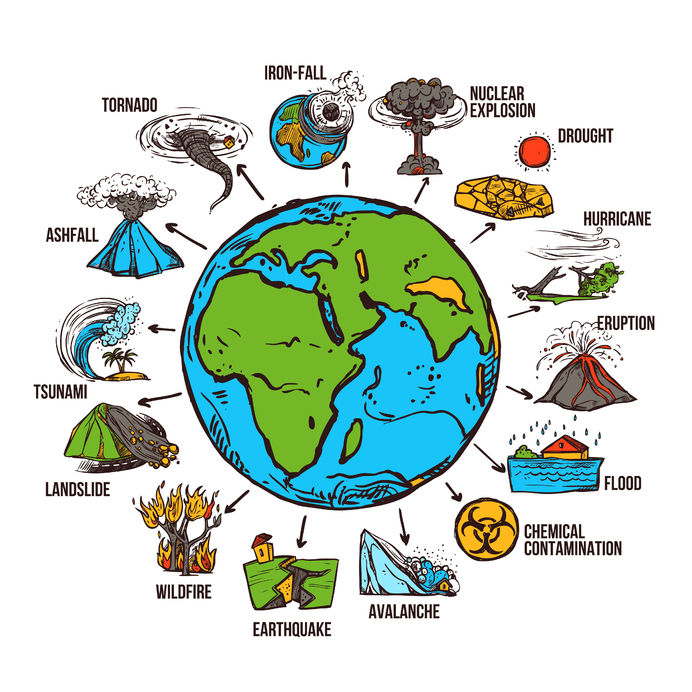India is a country of remarkable diversity and rich history. It is the seventh-largest country by land area and, as of 2023, the most populous country in the world. It is known as the Republic of India and is a country in South Asia that shares borders with Pakistan, China, Nepal, Bhutan, Bangladesh, and Myanmar. India also has a vast coastline along the Indian Ocean, Arabian Sea, and Bay of Bengal.
The nation’s capital is New Delhi, while Mumbai is recognized as the largest city by population. India is a federal parliamentary republic with a president and a prime minister. The current President is Droupadi Murmu, and the Prime Minister is Narendra Modi. The country’s governance is divided into 28 states and eight union territories, each with its own government.

India’s history is one of the oldest in the world, with a civilization that dates back to at least 2500 BCE. This ancient culture, known as the Indus Valley Civilization, was highly advanced for its time, with well-planned cities and sophisticated art and architecture. Over the centuries, India has seen the rise and fall of many empires and dynasties, each leaving behind a legacy that has shaped the country’s cultural and social fabric.

Hinduism is the most prevalent religion in Indian society, with Islam, Christianity, Sikhism, Buddhism, and Jainism following. The country is known for its religious diversity and tolerance, with many festivals and rituals celebrated throughout the year.
India’s economy is a mixed one, with agriculture, manufacturing, and services sectors all playing significant roles. As of 2024, India has a gross domestic product (GDP) of $3.937 trillion, making it the fifth-largest economy in the world. The Indian rupee (₹) is the national currency.
Education is highly valued in India, and the country has made significant strides in increasing literacy rates. India has also made remarkable contributions to various fields, including mathematics, science, literature, and the arts. The country is the birthplace of chess, yoga, and Ayurveda, an ancient system of medicine.
India’s culture is as diverse as its geography, with a multitude of languages, cuisines, music, dance, and traditions that vary from region to region. The country celebrates its rich heritage through various cultural events and festivals, such as Diwali, Holi, Eid, and Christmas.
In recent years, India has made significant progress in technology and innovation, with a booming information technology industry and a growing number of startups. The country has also made strides in space exploration, with several successful missions by the Indian Space Research Organization (ISRO).
Despite its progress, India faces challenges such as poverty, pollution, and social inequality. However, the country continues to work towards sustainable development and inclusive growth.
Some Important Facts About India
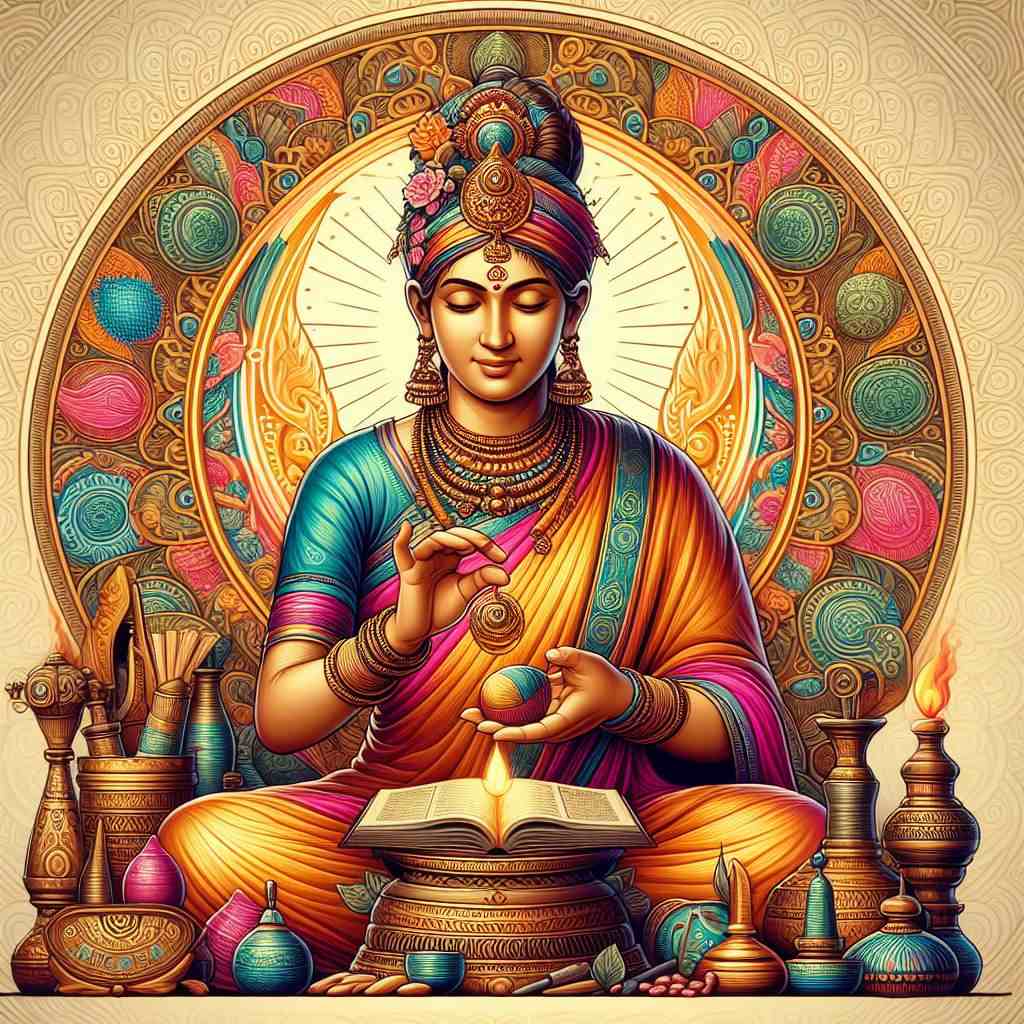
- When many people were still living in forests some 5,000 years ago,. Indians have already established Harappan culture in Sindhu Valley (Industrial Valley Civilization). Between 3300 and 1300 BCE, the Indus Valley Civilization flourished, and between 2600 and 1900 BCE, it reached its zenith. This civilization covered an area that stretched from what is now northeast Afghanistan through Pakistan and northwest India along the Indus River.
- India’s name is derived from the river Indus, also known as Sindhu. Later, Persian invaders converted Sindhu to Hinduism. The original name of India was Bharat. Bharat is the real name of India, which is commonly used mostly in India. Foreigners know Bharat as India.
- The mother tongue of all modern languages, Sanskrit, is considered sacred in Hinduism. Numerous Sanskrit terms have been borrowed into other languages, including English, Telugu, Russian, and so forth. Sanskrit is a member of the Indo-European language family. It is among the three oldest known languages from antiquity that emerged from a common ancestral language currently known as Proto-Indo-European. Some Buddhist texts and Sino-Tibetan languages, like Telugu, contain vocabulary with Sanskrit overtones. Sanskrit has also historically influenced Javanese, the language spoken in Indonesia, and Malay, the language spoken in Malaysia. According to scholars, there is also a slight Sanskrit flavor in the language spoken in the Philippines.
- Algebra, trigonometry, and calculus originated in India. The place system and decimal system were developed in India in 100 BC.
- The worlds first university, Takshila, was established in India in 700 BC. The University of Nalanda, established in the 4th century, was the greatest achievement of ancient India in the field of education.
- An Indian mathematician was the first to calculate the value of “pi.”.
- India was the richest country until the time of British rule in the early 17th century.
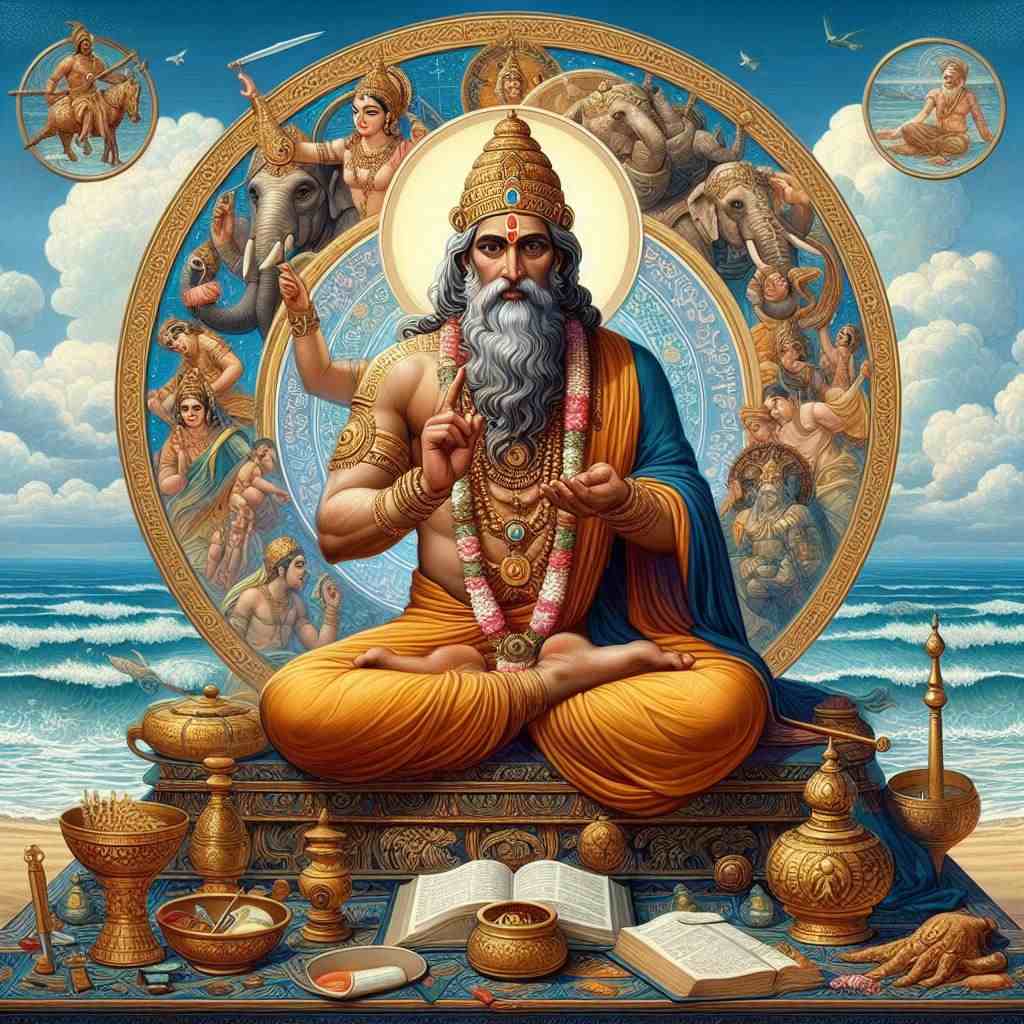
- Sushruta is the father of surgery, having performed complicated surgeries like cataract, artificial limbs, cesareans, fractures, urinary stones, plastic surgery and brain surgeries over 2600 years ago.
- Varanasi is the most ancient city in India and is one of the main pilgrimage centers for Hindus who bathe in the Ganges River’s sacred waters and perform funeral rites. It is also a place where lord Buddha visited during 500 B.C
- Yoga originated in India some 5,000 years ago. Yoga is a physical, mental, and spiritual practice in Hinduism linked to attaining Moksha.
- India has the largest population of vegetarians in the world.
- India is a vibrant and the world’s largest democracy.
- India boasts more than 150,000 post offices and the biggest postal network globally.
- There are more than 300,000 active mosques in India, more than in any other country in the world.
- 78% of people in India are Hindus, making it a country with a majority Hindu population. As of right now, the percentage of Hindus in India has decreased from approximately 85% to 78%. According to the EAC-PM study, between 1950 and 2015, the Hindu population in India fell by 7.81 percent, while the Muslim population grew by 43.15 percent.
- India is home to the world’s second-largest population of scientists and engineers.
- India’s topography is varied, ranging from the Himalayas to tropical rainforests.
- The traditions, languages, and customs of the nation are woven together to form its culture.
- A significant hub for spiritual practices and teachings is India. Many foreigners visit India’s Rishikesh to learn yoga and spiritual practices.
- The nation is home to many national parks and wildlife sanctuaries, and it boasts a diverse range of biodiversity.
- With a fast-expanding economy, India is a global economic force. India will soon replace Japan and Germany to become the world’s third-largest economy by 2027.
- India, which produces a wide range of spices, is referred to as the world’s spice capital.
- India’s many vibrant festivals are a reflection of the country’s rich cultural diversity.
- There are hundreds of dialects spoken in India in addition to the 22 official languages.
- Indian food is well-known throughout the world for its creative use of flavor and a variety of spices.
- India is home to 141.72 billion people, which is about 17.76% of the world population.
- In India, dialog, languages, and traditions change for every 100–200 km of travel.
- India is the 7th largest country by landmass and it occupies 2.4% of total world’s land area.
- The majority of irrigation in India uses groundwater wells. India has the largest groundwater-well-equipped irrigation system in the world, covering 39 million hectares (or 67% of its total irrigation area).
- Almost 40% of mangoes are grown in India. Indians love to eat mangoes, and they are grown in monsoon season.
- There are four seasons in India, i.e. , winter, spring, summer, and fall, each lasting about three months.
- The cow is a sacred animal in India, and she roams everywhere on the streets of India.
- With a total length of over 127,760 kilometers, Indian Railways is the third-largest railway network in the world and the largest one run by a single government. It carries 8 billion passengers annually.
In conclusion, India is a country of contrasts, where both modern advancements and ancient traditions coexist. It is a nation that has made substantial contributions to the globe in a number of areas and is still a major force on the international scene. India is still a fascinating country with a bright future because of its dynamic economy, diversified population, and vibrant culture.

